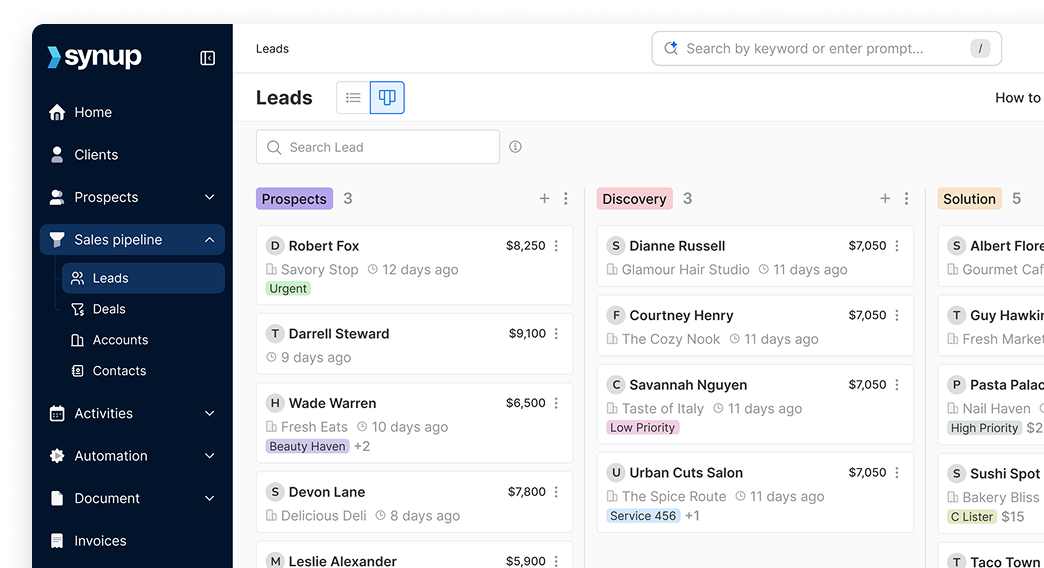10 Major Challenges Agencies Face While Growing
If your agency is facing significant challenges, this guide will be a valuable resource to help you gain clarity and navigate through them.
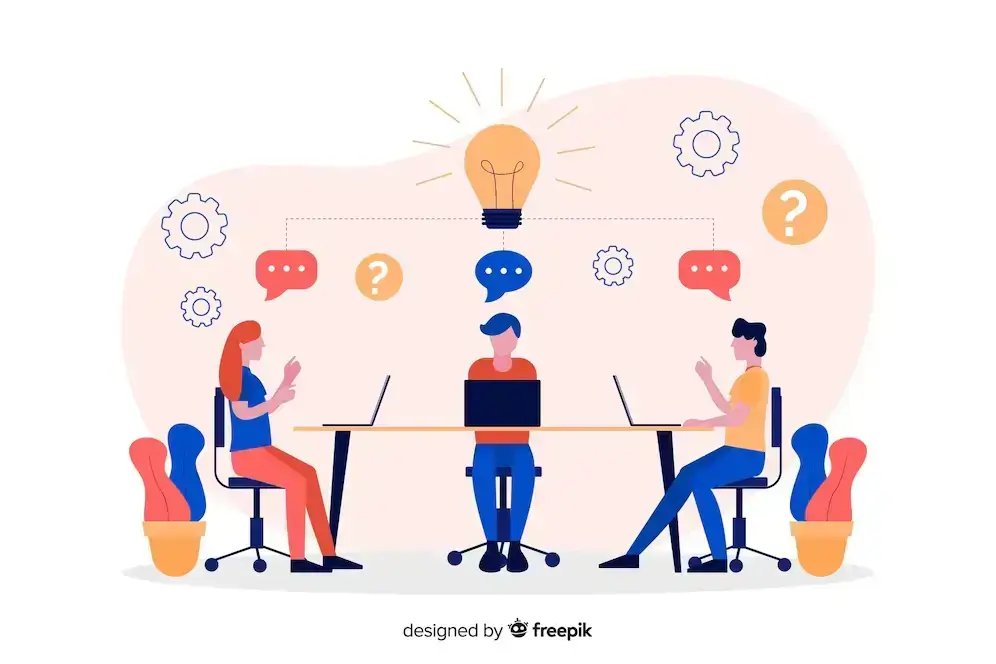
1. Finding New Leads & Customers
Why does this happen?
❌With countless agencies offering similar services, standing out is a challenge and is becoming increasingly difficult. The online marketplace is too saturated, and competitive. This is exactly why agencies need to have a USP that sets them apart from the crowd. Most of the agencies aren’t able to figure this USP which acts as a major blocker in setting them apart from their competitors.
❌Building trust is important for acquiring new clients. However, with many agencies offering similar services, it can be challenging for prospects to understand and differencitate which agency is truly reliable.
❌Smaller agencies, in particular, may struggle with limited resources. This can include a lack of budget for marketing efforts, and at the same time, insufficient staff to handle lead generation can cause fewer lead generation activities. It often all comes down to maximizing resources as an agency.
How can agencies overcome this challenge?
✅First things first, focus on increasing your website’s visibility on Search. Start with regular SEO, and make sure your site is optimized for search engines so potential clients can easily find you. Think about the keywords your audience is searching for and integrate them naturally into your content. Also, consider creating dedicated landing pages for specific services. These pages should highlight your offerings and include clear calls to action (CTAs) that encourage visitors to reach out or sign up for more information.
✅Social media is a powerful tool for connecting with potential clients. Be active on platforms where your audience hangs out and shares valuable content, answer questions, also try to engage in conversations.
✅Start attending events and be more active in communities, aka Network. Attend industry events, trade shows, and local business gatherings to meet potential clients face-to-face. These interactions can lead to valuable connections.
✅As an agency, you can start by offering valuable resources like downloadable e-books or guides in exchange for email sign-ups. Once you have a list, create email sequences to keep your audience engaged. Regularly sharing insights and updates with this email list can help build a relationship with potential clients and keep your services on the top of their minds.
✅Encourage your satisfied clients to refer you to new customers by offering them incentives, it doesn’t have to be something big, some discounts or special offers should do the job.

2. Increasing Customer Retention
Why does this happen?
❌Many agencies fail to tailor their services as per their client’s requirement and this might end up making your clients feel that their specific requirements are not being addressed.
❌Most agencies do not set up clear communication channels, which often leave your clients feeling unfulfilled about project updates and other new service offerings. Most of the time, this can also create frustration and uncertainty, damaging the trust that is necessary for a strong client relationship.
❌Agencies that don’t actively address their client’s requirements may struggle to retain them. When agencies fail to offer value-added services or anticipate shifts in client objectives, they risk becoming irrelevant. This ends up with clients not being able to trust them and instead turning to alternatives.
How can agencies overcome this challenge?
✅ Put together a system in place where you are categorizing clients based on their needs, preferences, and behaviors. By doing this, you create tailored communications and services that truly resonate with each specific segment, making your approach more effective and personal.
✅ Make use of CRM tools to track your client interactions and preferences. This will help you craft personalized messages and proposals that directly address their unique pain points and goals. It’s all about making them feel understood and valued.
✅ As an agency, try to ask for feedback through surveys or one-on-one meetings to understand your client's needs better or if any change in requirements. This feedback is gold; use it to adapt your services and enhance the overall client experience. It shows you’re listening and willing to evolve.
✅ Create dedicated communication channels, like Slack, email newsletters, or client portals, for project updates. Make sure clients know how to reach you and what to expect in terms of communication frequency. This clarity builds trust and keeps them in the loop.
✅ Schedule regular check-in meetings (monthly or quarterly) to discuss project progress, address any concerns, and provide updates on industry trends. These meetings reinforce the partnership and keep clients engaged, ensuring they feel valued throughout the process.
✅ Provide clients with clear, concise reports on project status and results. Use visuals and straightforward language to make the information easy to digest. Transparency here goes a long way in building confidence and satisfaction.
✅ Invest time in understanding your client’s long-term goals. Discuss their business objectives and how your agency can support them as they evolve. This investment shows you’re not just a vendor but a partner in their journey.
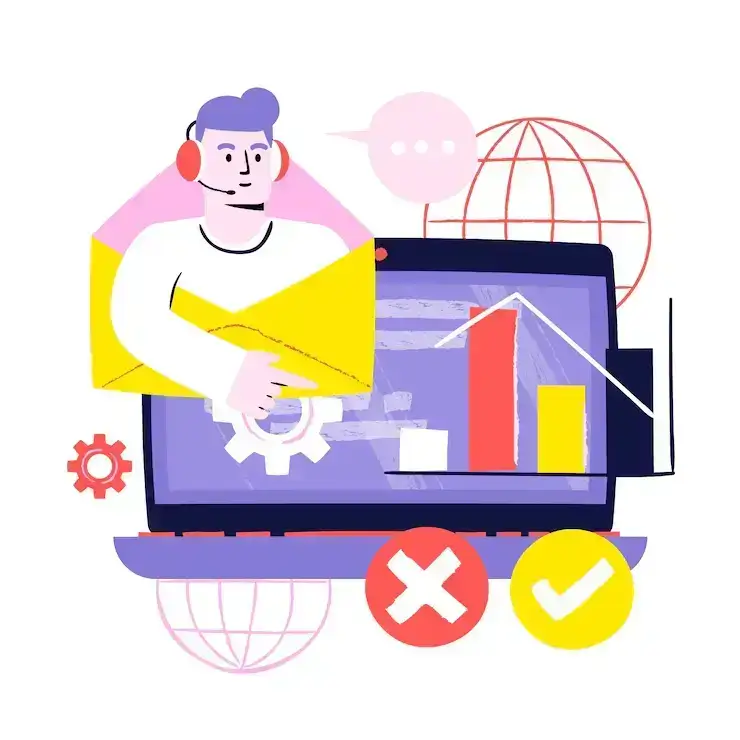
3. Outdated Tech Stacks
Why does this happen?
❌A lot of agencies stick to what they know, and often end up reaching a comfort zone where in they hesitate to introduce new changes. This is often due to the fear of disruption or thinking that new systems might be too complicated.
❌Many agencies run on tight budgets, making it tough to invest in modern tech. They often focus on short-term savings instead of looking at long-term effectiveness.
❌Some agencies might not even realize the latest tools and technologies are out there. Without exploring and looking for new tools, they risk falling behind the competition.
❌Agencies that do decide to adopt new technologies sometimes don’t provide enough training for their staff. Without proper onboarding and support, employees may just fall back on familiar, outdated systems.
❌Over time, agencies often end up with a mishmash of tools they’ve pieced together without a solid strategy. This results in a disjointed tech stack that’s hard to manage and optimize.
How can agencies overcome this challenge?
✅ Create an environment that encourages change and innovation within your agency. Make sure that you emphasize the benefits of new technologies, this will motivate your team to learn them better and faster.
✅Take a close look at your agency's budget and understand whether investing in new technology could provide significant returns. Show how modern tools can help increase productivity levels and cut long-term costs.
✅ Review your current tech stack and get rid of redundant or ineffective tools. Focus on integrating platforms that work well together.
✅ Instead of overhauling the entire tech stack at once, take a phased approach. Gradually introduce new tools while keeping the old systems until everyone feels fully comfortable.

5. Closing Sales
Why does this happen?
❌Your potential clients may hesitate to commit to you due to uncertainty about the results they can expect for the amount of money and time they’re investing, aka, ROI.
❌Sometimes, agencies struggle to clearly communicate their value proposition or how their services address a client’s specific needs.
❌Clients often have limited budgets, which can lead to tough conversations about pricing and value.
❌Many clients go through lengthy internal discussions before making a decision, which can delay closing deals.
How can agencies overcome this?
✅Clearly define what sets your agency apart from competitors. Highlight your USP, your case studies, anything and everything that screams success, this helps build trust and credibility with your new clients.
✅Build new relationships with potential clients by highlighting your expertise. Look for what they’re currently struggling with and how can add value in the best way possible while at the same time, standing out from the competition.
✅Be transparent about pricing and offer flexible solutions that you can offer them that fit within their budget. Always highlight the long-term value of your services and show how you can help them.
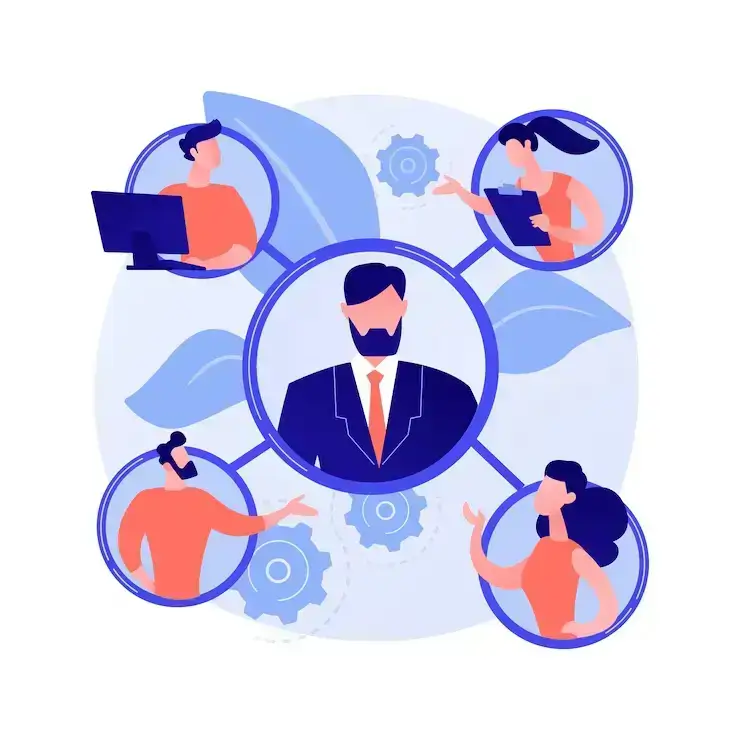
6. Managing Project Scope
Why does this happen?
❌ At the start, the project’s goals and deliverables might not be well-defined, or they’re too broad. When there’s no clear scope from the get-go, it’s easy for things to spiral, with clients requesting extra tasks or changes that weren’t part of the original plan.
❌Sometimes clients don’t know exactly what they want, or their needs change mid-project. If agencies don’t have a solid process for handling scope changes, they end up stretching their resources too thin, leading to missed deadlines and added stress.
❌Teams might underestimate the time or resources needed to complete tasks. Without proper planning, projects quickly go off-track, and it becomes hard to manage both the agency’s capacity and client demands.
❌If the internal team isn’t aligned on project goals, tasks, or deadlines, it creates confusion and mismanagement. Poor communication between team members can lead to overlapping responsibilities, missed deliverables, or misunderstandings about what’s included in the scope, which ultimately throws the whole project off balance.
How can agencies overcome this?
✅When kicking off a project, make sure everything is detailed down for you. Be it deliverables, timelines, and scope. This sets the foundation and makes it easier to refer back to when clients request changes. A solid contract can save you headaches later.
✅Clients will often want to tweak things as the project progresses, and that’s fine, but having a formal change request process in place helps keep those requests in check.
✅By dividing large projects into smaller phases, it’s easier to track progress, control scope, and make necessary adjustments without derailing the whole thing. Plus, it keeps things more digestible for both your team and the client.
✅Frequent check-ins help ensure both sides are aligned. It’s a chance to catch any scope creep early and keep the client updated on progress, while also managing their expectations in real time.
✅Tools like Asana, Trello, or Monday.com can help map out timelines, assign tasks, and monitor progress. It keeps everyone on the same page and makes it easier to handle scope adjustments without chaos.

7. Retaining Talent
Why does this happen?
❌Agencies are fast-paced with tight deadlines and demanding clients. Over time, this constant pressure leads to burnout, and when employees feel overwhelmed, they start looking for something less intense.
❌Agencies can get so focused on delivering for clients that employee development falls through the cracks. When there’s no clear path for growth or opportunities to learn new skills, top talent feels stuck and eventually starts looking elsewhere.
❌It’s not just about clients, other agencies and companies are always on the hunt for skilled professionals. If you’re not offering competitive pay, benefits, or flexibility, your employees can easily be lured away.
❌If the agency’s culture isn’t a good fit, employees won’t stick around. Whether it’s poor leadership, lack of work-life balance, or a rigid environment, any of these can push people out the door in search of something better.
❌Sometimes the work just gets repetitive. When employees keep working on the same type of projects or clients, it can get boring. If they’re not being challenged or excited by what they do, they’re more likely to move on to something fresh.
How can agencies overcome this?
✅It’s important to manage the workload and ensure employees have a reasonable balance between work and life. Offer flexibility where possible, whether it’s through remote work options, flexible hours, or manageable workloads. When employees feel supported, they’re more likely to stick around.
✅Growth should be a priority. Offer training, mentorship, and clear paths for career progression. When people see that they’re building their skills and have a future with the agency, they’re going to stick around longer.
✅It’s not just about salaries anymore. Yes, competitive pay matters, but so do benefits like healthcare, retirement plans, and perks like wellness programs or work-from-home allowances. The more attractive your offer, the harder it is for other companies to swoop in and take your best people.
✅Build a culture where employees feel connected, appreciated, and motivated. That means open communication, solid leadership, and a sense of community. Celebrate wins, recognize hard work, and make sure your team feels valued, not just another cog in the machine.
✅Give your team the chance to work on different projects, take on new challenges, or bring fresh ideas to the table. Variety keeps things interesting and keeps people excited about what they do.
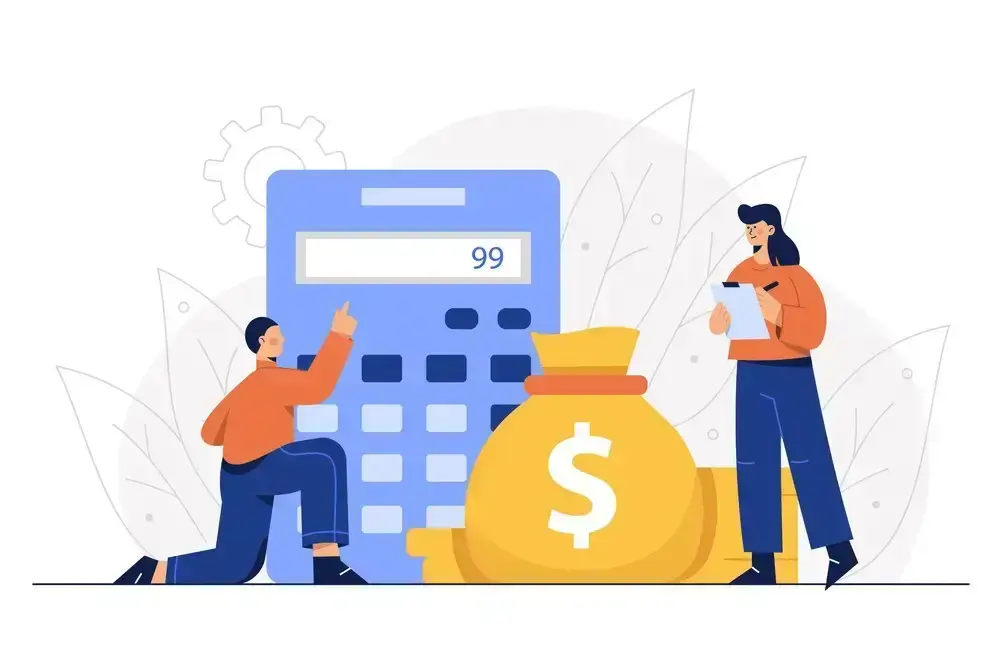
8. Pricing and Profit Margins
Why does this happen?
❌Agencies, especially newer ones, often price themselves too low to win clients. While this might work short-term, it cuts into profit margins and undervalues the expertise and effort involved.
❌Without a solid pricing model, agencies struggle to keep their rates uniform across projects. Custom pricing for every client can create confusion and make it tough to predict revenue.
❌This one’s a big profit killer. When projects start small but balloon beyond the original agreement (without adjusting the pricing), agencies end up doing extra work for the same fee, which really eats into their margins.
❌Many agencies only think about labor costs when setting prices and forget to include overhead expenses like software, utilities, or taxes. This leads to slimmer profit margins than expected.
❌To stay competitive, agencies often lower their prices to win clients, but this usually comes at the expense of profitability.
How can agencies overcome this?
✅Instead of just charging based on hours worked, agencies should adopt value-based pricing. This ties costs to the value or outcome delivered to the client, helping justify higher fees and increase margins.
✅Create a clear, tiered pricing structure that’s consistent across clients and projects. This makes it easier to manage expectations and ensures you’re covering all bases, from labor to overhead.
✅Set clear boundaries in contracts and include clauses for any additional work beyond the original scope. This way, extra work can be billed appropriately, protecting those profit margins.
✅Always factor in overhead costs when setting your rates. Make sure your pricing covers not just your team’s time but also software subscriptions, office expenses, and taxes.
✅Don’t just set your prices and forget them. Regularly reassess your pricing to ensure it still matches market conditions, your costs, and the value you deliver to clients.
✅Make sure clients understand the full value of your services, not just the deliverables. When they see how your work impacts their bottom line, they’re more likely to accept higher fees.
✅CRM tools like Clientjoy offer features for proposal creation, invoicing, project management, and client communication, all in one platform. This makes it easier for agencies to streamline their operations and build stronger client relationships.

9. Cash Flow Management
Why does this happen?
❌Clients may take longer than expected to settle invoices, leading to gaps in revenue that can disrupt an agency's financial stability. This can be especially problematic if the agency relies heavily on a few large clients.
❌Agencies often deal with fluctuating project demands, which can result in unpredictable income. Seasonal trends or project-based work can cause revenue to dip during quieter periods.
How can agencies overcome this?
✅Clearly define payment terms in contracts and communicate them to clients upfront. Consider implementing penalties for late payments to encourage timely settlements.
✅Send invoices immediately after project milestones or upon project completion. The quicker the invoice is sent, the quicker you can get paid.
✅If applicable, set up recurring billing for ongoing services. This creates a steady income stream and makes cash flow more predictable.
✅With Clientjoy, you can easily manage invoicing and payment tracking. It allows you to automate invoice creation and reminders, making sure clients receive notifications for upcoming payments. This helps minimize delays and keeps your cash flow steady.
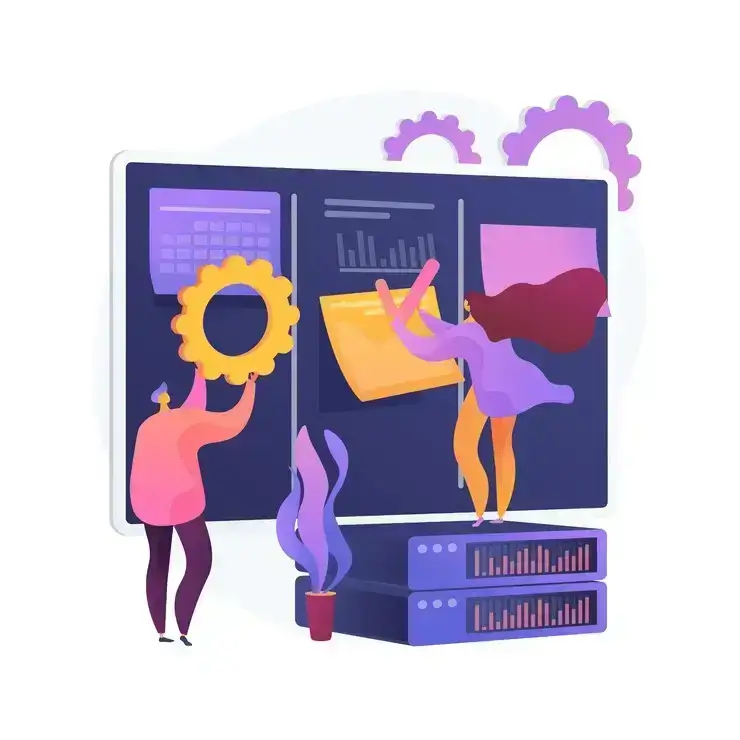
10. Scaling Operations
Why does this happen?
❌As an agency takes on more clients and projects, the complexity of managing these relationships and deliverables grows. Without proper systems, it can become overwhelming to keep track of everything.
❌Larger teams can lead to communication breakdowns, unclear roles, and inconsistent workflows. This can make it difficult to maintain quality and meet client expectations.
What can agencies do to overcome this?
✅Establishing standardized workflows for project management can help streamline operations. Clearly defined processes ensure that everyone knows their roles and responsibilities.
✅Leveraging tools to manage tasks, timelines, and deliverables can keep everyone aligned and on track.
✅As agencies grow, it's essential to set achievable goals that align with the team's capacity. Avoid overcommitting to new clients or projects that may stretch resources too thin.
✅Encourage a collaborative and supportive work environment where team members feel valued and motivated. A strong team culture can enhance employee retention, which is crucial for managing larger operations.
Summing it up
At the end of the day, agencies are small, quick to adapt, and highly competitive in nature. If you’re an agency, it’s essential to strive to stand out. Build your own identity and don’t get lost in the crowd. Be confident in your offerings and the unique value you bring to your clients.
Synup helps with enhancing local listings and reputation management, ensuring that your agency remains visible and appealing to potential clients. It’s all about making sure your agency’s strengths shine through, allowing you to attract the right customers.

Clientjoy, Synup's latest acquisition, complements this by streamlining your operations. With features for proposal creation, invoicing, and project management, it enables you to manage your workflow seamlessly. This means less time spent on administrative tasks and more focus on delivering excellent service and building strong client relationships.
By leveraging these tools, you can elevate your agency's presence in a crowded market. It’s time to embrace your strengths and carve out your niche, driving your agency toward lasting success.
10 Major Challenges Agencies Face While Growing: FAQs
- 4 types of agency problems
Agencies face several challenges, including misaligned incentives, where team goals don’t match the agency’s objectives, and poor communication that can lead to misunderstandings. They may also struggle with resource allocation, hurting profitability, and talent retention, which can disrupt client relationships.
- Challenges in advertising agency
Advertising agencies face challenges like keeping up with changing trends and client demands. They also struggle to deliver measurable results within tight budgets and timelines while balancing creativity with client expectations. Plus, retaining talent can be tough due to high workloads and competition.
- Disadvantage of Independent Agency
Independent agencies often struggle with limited resources, making it tough to compete with larger firms or invest in new tech. They may also lack brand recognition, which can make attracting clients challenging. Plus, rapid growth is hard without enough staff and relying too much on a few clients can put financial stability at risk.




